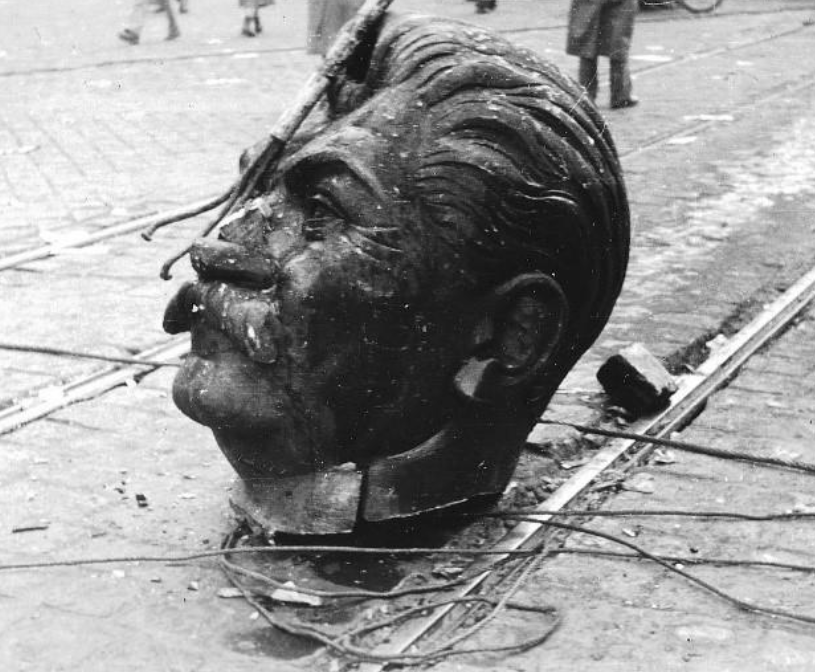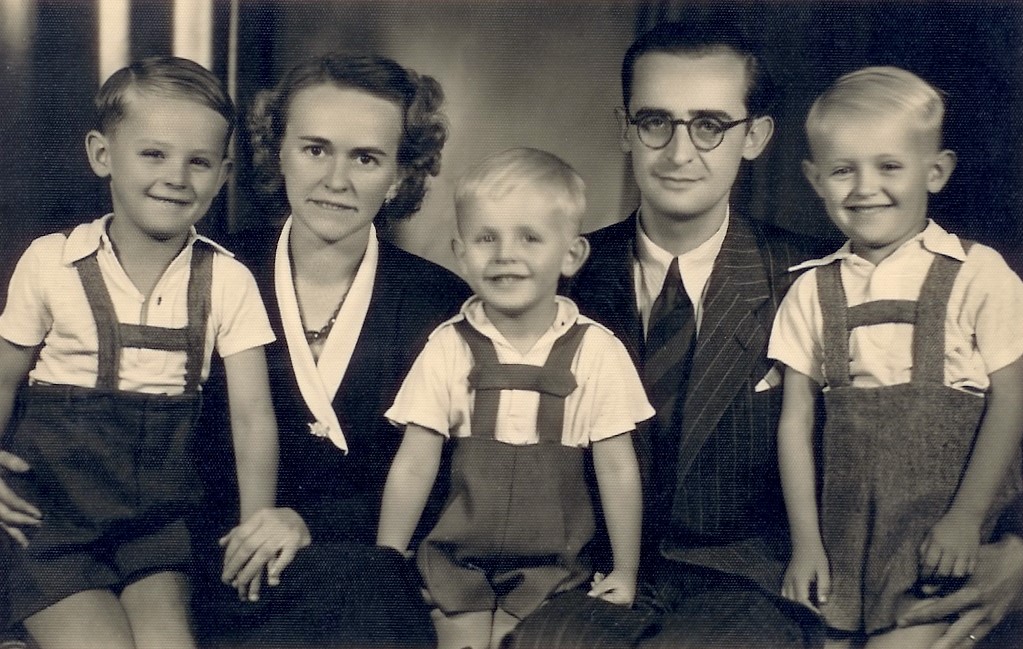
Our father, having been called to serve in the Hungarian army on the 6th October 1944 (his birthday), was given the task to find accommodation for a battalion heading for Germany. At the time, the USSR was laying siege to Budapest, and it was only a matter of time before the city fell. He took the opportunity to arrange transport for his wife, two children, his father, his sister, and her family to the same destination in Austria. My father’s book describes in detail the journey to Germany. Retreat to Germany-B Török
The USSR took control of this defeated nation in accordance with the Yalta Agreement with the Allies. Following the usual war trials, the new government continued to savagely persecute the Hungarian middle class. The puppet communist government was led by dual citizens (Hungarian and Russian) who had fled Hungary 27 years earlier. The revenge was brutal and the desire to eliminate all opposition relentless. In an attempt to create a classless society, engaged in political purges, using the security apparatus to suppress all opposition, including non-communist parties, Christian religious institutions, and independent organizations. My father’s book describes the reasons behind his decision to seek refuge elsewhere, despite his deep lifelong love of his country. Our mother’s family were already become refugees, forced to flee after Hungary’s dismemberment by the Allies in 1918. Refugees – B Török
Hungary then endured another decade of terror. The church, which had been a unifying force for the people, had to go. The Communist Party sought to reshape cultural norms and values in line with socialist ideals. including changes in literature, art, and cultural expression to reinforce the regime’s narrative. Russian Occupation-B Török
“Our family from Hungary finally found a haven at the end of the world in Australia. ” Written by Leslie (László) Török, -much of which is contained in my father’s book. Australian migrants in 1949-1951. Migration
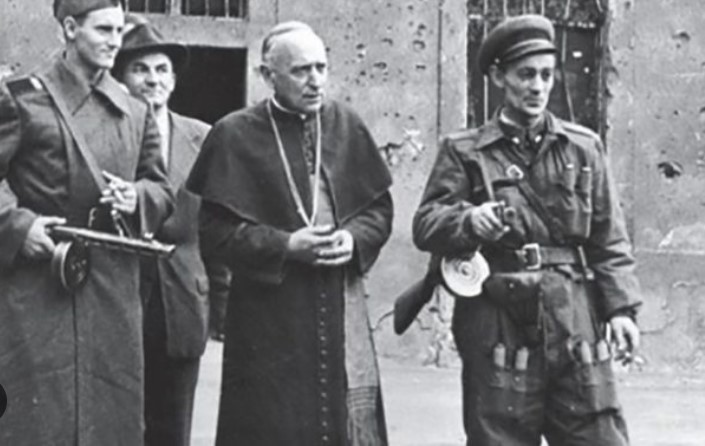
The Primate of Hungary, Cardinal Joszef Mindszenty, was imprisoned in 1948- just as he had been gaoled by the short-term communist government in 1918. He endured torture, solitary confinement, and a one-sided prosecution while under mind-altering drugs. He was released by the freedom fighters of the 1956 uprising and found refuge in the American Embassy. In 1971, a deal was struck by the Pope and the communist regime, and – against Cardinal Mindszenty’s wishes- he was sent to Vienna from his confinement in the Embassy. In 1974, Pope Paul VI stripped him of his title as Primate of Hungary. Cardinal Joszef Mindszenty later wrote his Memoirs, in which he stated:”Justice must wait for the next world”. Mindszenty – B Török
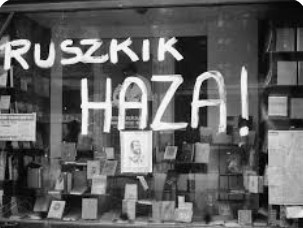
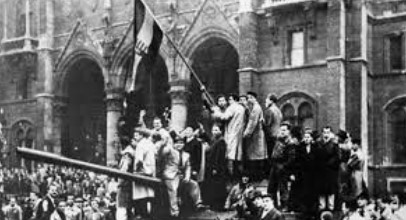
The Hungarian Revolution of 1956 The Hungarian Revolution of 1956 was a spontaneous uprising against the Russian Soviet-backed communist government. In “The History of the Russian Revolution”, Leon Trotsky wrote a chapter on the art of insurrection, in which he defined it as: “Historians and politicians usually give the name of spontaneous insurrection to a movement of the masses united by a common hostility against the old regime, but not having a clear aim, deliberated methods of struggle, or a leadership consciously showing the way to victory”. The Hungarian uprising was indeed a movement of the masses bound by the common hatred of the communist regime.
The grievances of the people were many, including: Suppression of political dissent, prison and deportation of many, censorship, stifled creative expression and intellectual freedom, persecution of religion, forced collectivization of agriculture, shortage of consumer goods and the undermining of national sovereignty. These factors were further exacerbated by Radio Free Europe, a CIA-funded radio station. When protestors demanded Hungary’s withdrawal from the Warsaw Pact, the USSR responded with military intervention, sending troops to suppress the revolt. Thousands were killed and wounded. 1956 Uprising.
